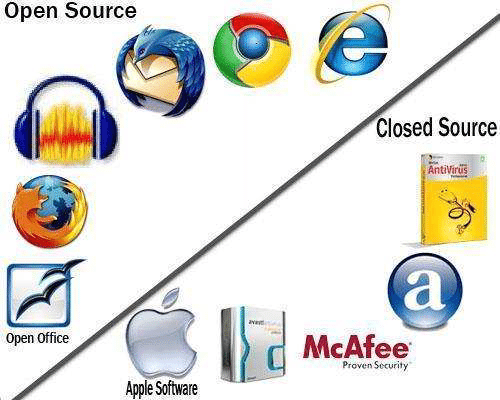How M-Learning is Transforming Online Education

Mobile Learning, also known as M-Learning, has created a great opportunity for students to learn anywhere. Students can access educational resources from their mobile devices, allowing them to engage with lessons remotely. M-Learning makes learning accessible for all because students do not need extra equipment, such as desktop computers; they can use something most students always have with them … a cellphone.
Benefits of M-Learning
There are many benefits to Mobile Learning that increase student engagement and accessibility to educational resources. M-Learning allows teachers to reach students who may be absent in class. For example, teachers can post class content online that students can access on their mobile devices, which allows them to stay up-to-date on all class activities, even while not in the physical classroom.
Another great aspect of Mobile Learning is it’s accessibility for English Language Learners (ELLs). Mobile devices have many settings that allow for different languages to be incorporated into a task. For example, the student will be able to change the language preference on their device so that what you post in English can be translated into their native language. Another great aspect of this is that students can install accessibility settings on their devices that allow for text-to-voice usage. This text-to-voice option can help ELLs familiarize themselves with the English language more effectively because they will be able to listen to the words rather than simply read them.
Mobile Learning is also beneficial for international students. M-Learning allows students to access materials from anywhere in the world. Additionally, these materials are available at any time of the day or night, so they can learn at their most convenient time, depending on where they are located.
M-Learning also facilitates students’ opportunities to travel. By incorporating M-Learning into your classroom, you allow students to go abroad while not worrying about missing in-person classes. This allows students more freedom to travel and learn through experience rather than simply classroom lessons. Travel study can also greatly benefit certain subjects, such as geography, and history, as students are able to experience the application of content rather than simply theory.
Challenges of M-Learning
A challenge of M-Learning is compatibility with software. Not all students use the same smartphones, so some software may work better for one person than another. Another challenge is that when mobile devices age, they can begin to have problems presenting material properly. So, students with older phones may notice that they are missing content or not promptly receiving the content they need.
The other great challenge that M-Learning poses is that not all students have access to a mobile device. Although mobile devices have become a pervasive part of everyday life, some students who belong to lower socioeconomic status may not have access to them. This is a disservice to underprivileged students and must be recognized and accommodated.
Implementation of M-Learning
When considering implementing M-Learning in your classroom, there are some important aspects that you should keep in mind. Does your school have devices that they can provide students with? If not, you need to ensure that all students in your class have access to a device; if students don’t have access to these devices and you cannot provide them with one, you cannot assign M-Learning tasks.
Since online learning has become an essential part of learning, M-Learning can increase learning outcomes. M-Learning has been proven to improve engagement and interest in lessons, which is essential in delivering an effective lesson. Especially when learning is being done through a computer screen, including M-Learning activities in your lessons can take the place of interactive opportunities typically only found during in-person classes.
On the other hand, be sure to understand whether M-Learning can help your class or hinder them. Some students may find M-Learning distracting, which is important to note and address when choosing to implement it or not.
Conclusion
Accessibility and engagement are just some of the positive aspects of implementing M-Learning in your online classroom. 21st-century learning is always changing. Providing students with new and innovative ways to learn is essential to student academic success and engagement, so try M-Learning today and see how it benefits your students.






